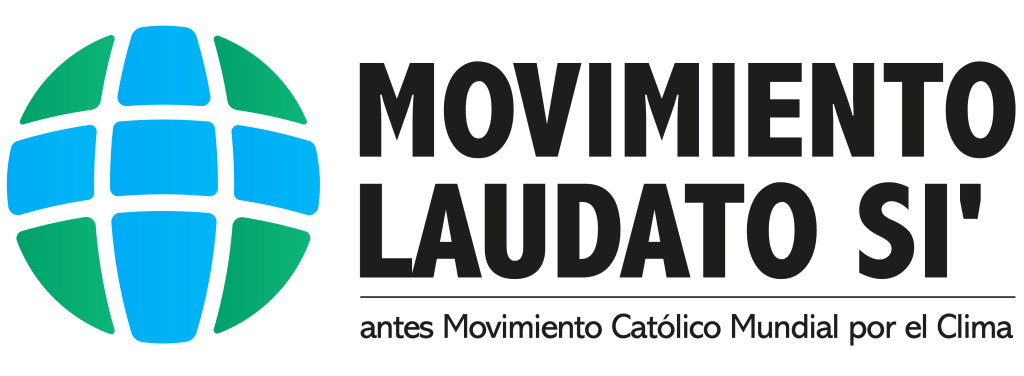The International Energy Agency (IEA), long criticized for fossil fuel friendly modelling, will release its 2021 World Energy Outlook (WEO) this Wednesday, 13 October. WEO 2021 will be a key indication of the IEA’s commitment to overhauling its influential energy analysis to meet the urgency of the climate crisis.
The IEA broke new ground in May by releasing its first full 1.5°C-aligned energy scenario, and finding that net zero by 2050 means no need for new oil, gas, or coal extraction. This briefing outlines key questions climate advocates will be asking to evaluate the IEA’s progress in transforming the WEO to serve global climate goals. Here’s what we are looking out for in the WEO this year:
- How “integral” will 1.5ºC be? In past WEOs, the IEA has given the most space and emphasis to a business-as-usual scenario that guides the world towards climate disaster. Climate advocates have pushed for the IEA to make a 1.5ºC-aligned scenario the central WEO scenario, given the systemic influence of mainstream WEO scenarios in driving global energy investment.
The IEA’s WEO 2021 preview, posted today, confirms that the NZE/1.5ºC scenario will be the primary climate scenario in this year’s WEO, cementing a major shift for the IEA. Yet to be seen is the relative emphasis the IEA gives to the NZE scenario compared to the two other main WEO pathways, which both align with more dangerous levels of global warming.
- Is the IEA standing firm against fossil fuel finance and expansion? In May, the IEA found that there was no place for new fossil fuel expansion or finance beyond already-developed fields and mines in its 1.5ºC-aligned pathway. We are looking for the IEA to reconfirm this conclusion in the WEO. Further – are the other key milestones for 1.5ºC progress, such as fully decarbonizing the power sector by 2035 in advanced economies, included and emphasized?
- Will the IEA fully include the 1.5ºC/NZE scenario in the WEO’s appended data tables? For investors and policymakers to fully apply the NZE scenario in their decision-making, it must include the same scope of regional and sectoral data as is provided for other WEO scenarios. WEO 2021 will reveal the IEA’s commitment to making its 1.5ºC scenario fully actionable as a guide for investment.
- Will the IEA focus on the necessity of limiting warming to 1.5ºC – or the difficulty? Is the IEA’s framing focused on the challenges of aligning with the 1.5ºC/NZE scenario, or the consequences of failing to achieve it?
- Has the IEA strengthened the NZE scenario by correcting risky modelling choices? We are looking for the IEA to strengthen its analysis around fossil gas, CCS, bioenergy, nuclear, hydrogen, and solar. That is in particular:
- Fossil gas: Civil society groups have urged the IEA to align the trajectory of primary energy supply from gas with, at minimum, a three percent annual decline throughout the 2020s (the median trajectory for gas to be consistent with 1.5ºC, per the 2020 Production Gap Report).
- CCS: Does the NZE/1.5ºC scenario still depend on high levels of energy sector CCS before 2050? The May special report projected a 4000% increase in energy sector CCS by 2030, which is dangerously optimistic.
- Bioenergy: Does the NZE/1.5ºC scenario still depend on an unsustainable increase in bioenergy production, which has been linked to land grabs and human rights violations, food insecurity, increased greenhouse gas emissions, and biodiversity loss?
- Nuclear: Does the IEA still assume a doubling of nuclear energy generation by 2050 and tripling of nuclear energy deployment rates by 2030 in the NZE/1.5ºC scenario, as it did in the May special report?
- Hydrogen: Does the IEA distinguish between fossil-based “blue” and renewable-powered “green” hydrogen production?
- Solar: Does the NZE/1.5ºC scenario accurately reflect the growth potential and cost declines of solar and wind power? Or does it assume that solar growth will flatline before 2050?
- Why this matters: For several years, investors, climate scientists, civil society, business leaders, and progressive governments have been urging the IEA to align its climate modelling with 1.5ºC. This is because of the real world impact the IEA has in influencing trillions of USD in energy spending from governments and investors – as the IEA’s flagship report, the WEO influences trillions of USD in energy investment from governments and investors.
Also read the Laudato Si’ Movement Statement
Resources
- Civil society open letter to the IEA, September 2021
- Net Zero by 2050, IEA (Report), May 2021
- Getting on Track to 1.5°C: The IEA’s opportunity to steer investments towards success in meeting the Paris goals, Oil Change International (Briefing), March 2021
- Still Off Track: How the IEA’s 2019 World Energy Outlook Undermines Global Climate Goals, Oil Change International (Briefing), April 2020
- Off Track: The IEA and Climate Change, Oil Change International (Report), April 2018
- IEA World Energy Outlook: A critical analysis, Sven Teske at University of Technology Sydney, October 2020
- FixTheWEO.org (website)





